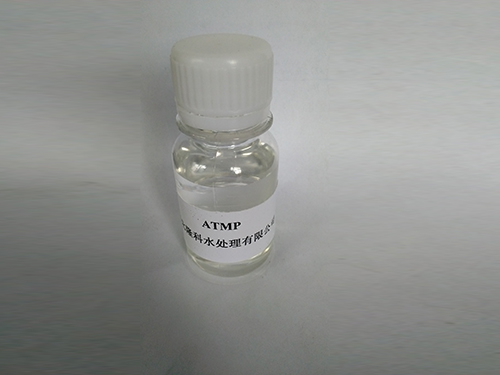Understanding the Role of Polyacrylamide Flocculants in Water Treatment Processes
The Role of Polyacrylamide Flocculants in Water Treatment
Polyacrylamide (PAM) is a synthetic polymer widely used as a flocculant in various industrial processes, particularly in water treatment and wastewater management. Its unique properties, such as high molecular weight and remarkable ability to form gels, make it an indispensable tool in enhancing the efficiency of sedimentation and clarification processes. This article delves into the physical and chemical characteristics of polyacrylamide, its application as a flocculant, and its environmental considerations.
Understanding Polyacrylamide
Polyacrylamide is produced through the polymerization of acrylamide, a colorless solid that readily dissolves in water to form a viscous solution. Depending on the reaction conditions and the presence of additional monomers, PAM can be tailored to have varying degrees of charge and molecular weight, which directly influence its performance as a flocculant.
PAM exists in several forms anionic, cationic, and nonionic. Anionic polyacrylamide is negatively charged, making it effective in agglomerating positively charged particles. Conversely, cationic polyacrylamide is positively charged and is often used to bind negatively charged particles. Nonionic polyacrylamide lacks any charge and is versatile for various applications.
Applications of Polyacrylamide Flocculants
The primary use of polyacrylamide as a flocculant is in the water treatment industry, where it aids in the removal of suspended solids and impurities from water. When added to water or wastewater, PAM promotes the aggregation of fine particles into larger flocs, which can then be more easily removed through sedimentation or filtration. This process enhances water quality, reduces turbidity, and minimizes the need for additional chemical treatments.
1. Municipal Water Treatment In municipal water systems, PAM is employed to enhance the coagulation and sedimentation processes. It helps clarify drinking water by removing sediments, algae, and other organic matter, ensuring that it meets health and safety standards.
polyacrylamide flocculant

2. Industrial Wastewater Treatment Many industries, such as mining, food processing, and textiles, generate wastewater rich in suspended solids. PAM is crucial in treating this effluent. By efficiently flocculating the solid waste, it aids in solids removal, which is vital for environmental compliance and protecting aquatic ecosystems.
3. Sludge Management PAM is also beneficial in the management of sludge generated during wastewater treatment. Its ability to bind particles helps reduce the volume of sludge and enhances dewatering processes, making waste disposal more manageable and cost-effective.
Environmental Considerations
Despite its utility, the use of polyacrylamide in water treatment comes with environmental concerns. The polymer is derived from acrylamide, a chemical recognized as a potential neurotoxin and carcinogen in high concentrations. However, when used appropriately and within regulated limits, polyacrylamide flocculants are considered safe.
To mitigate risks, manufacturers are continually working to produce PAM products that are less toxic and more biodegradable. Moreover, proper dosing and application techniques minimize the release of harmful monomers into the treated water. In recent years, advancements in biobased flocculants derived from natural sources such as plant extracts have emerged as eco-friendly alternatives, offering a sustainable approach to water treatment.
Conclusion
Polyacrylamide flocculants play a pivotal role in the efficient treatment of water and wastewater, proving essential in both municipal and industrial applications. Their ability to enhance sedimentation and clarification processes significantly contributes to the production of clean water. As industries globally seek to improve their environmental footprint, the ongoing development and safer application of PAM, alongside innovative alternatives, will shape the future of water management practices. Ultimately, the combination of efficiency and environmental responsibility will determine the long-term sustainability of polyacrylamide flocculants in water treatment systems.
-
lk-319-special-scale-and-corrosion-inhibitor-for-steel-plants-advanced-solutions-for-industrial-water-systemsNewsAug.22,2025
-
flocculant-water-treatment-essential-chemical-solutions-for-purification-processesNewsAug.22,2025
-
isothiazolinones-versatile-microbial-control-agents-for-industrial-and-consumer-applicationsNewsAug.22,2025
-
scale-inhibitor-key-solutions-for-water-system-scale-preventionNewsAug.22,2025
-
organophosphonates-versatile-scale-inhibitors-for-industrial-water-systemsNewsAug.22,2025
-
scale-and-corrosion-inhibitor-essential-chemical-solutions-for-water-system-maintenanceNewsAug.22,2025





